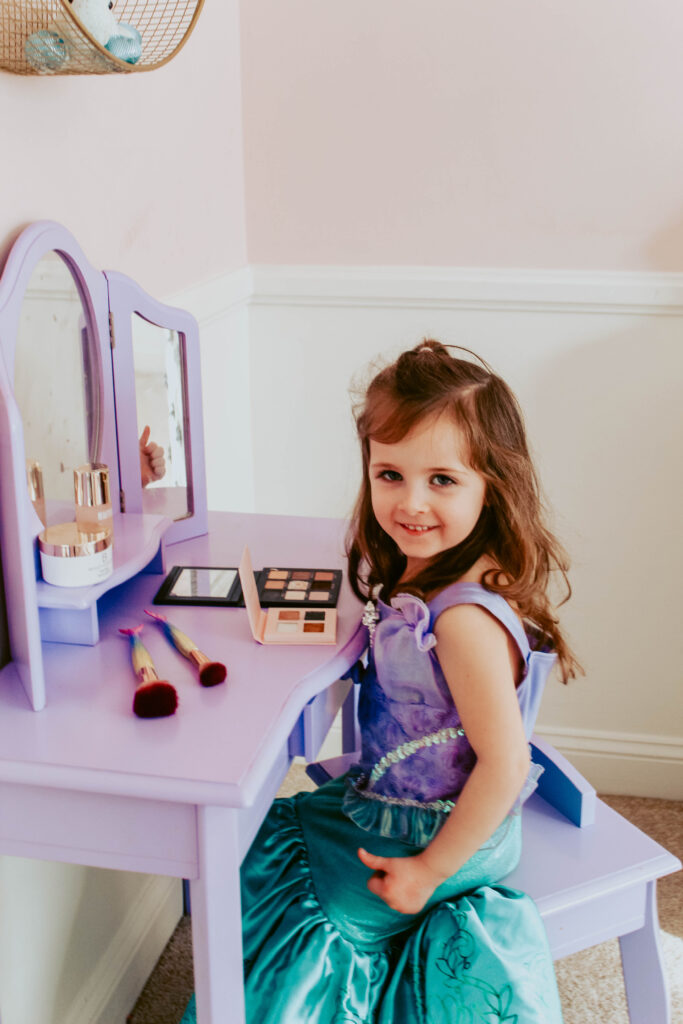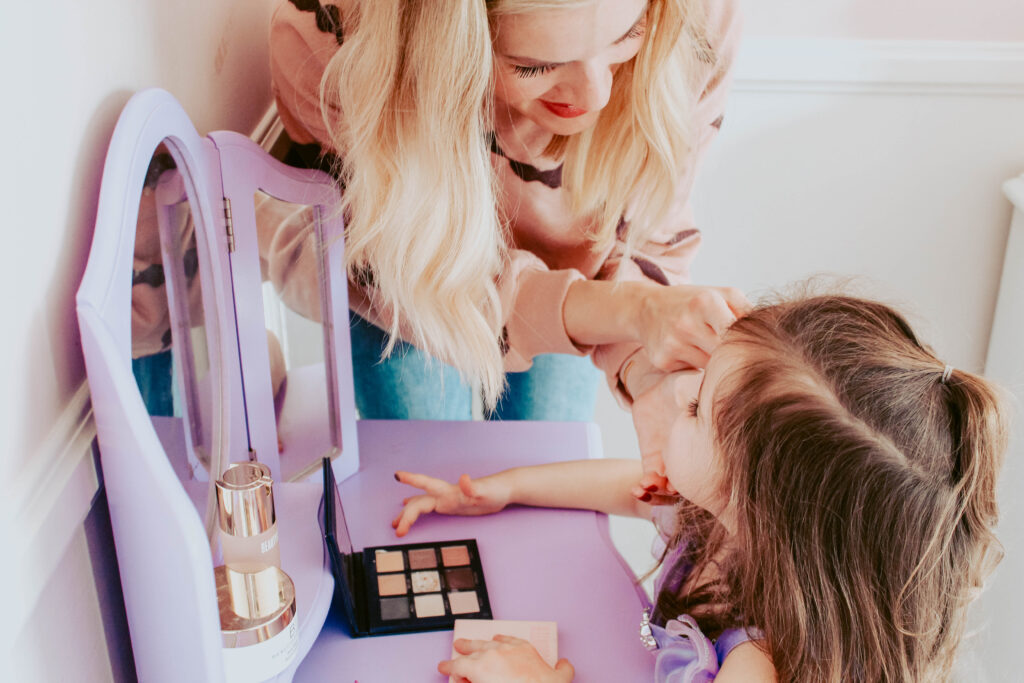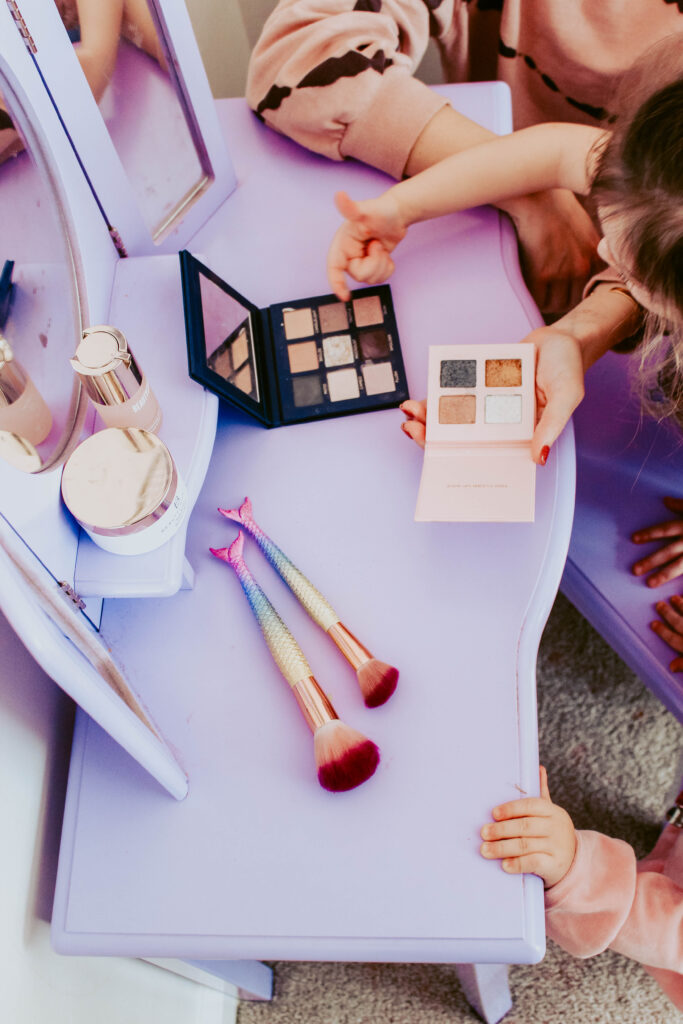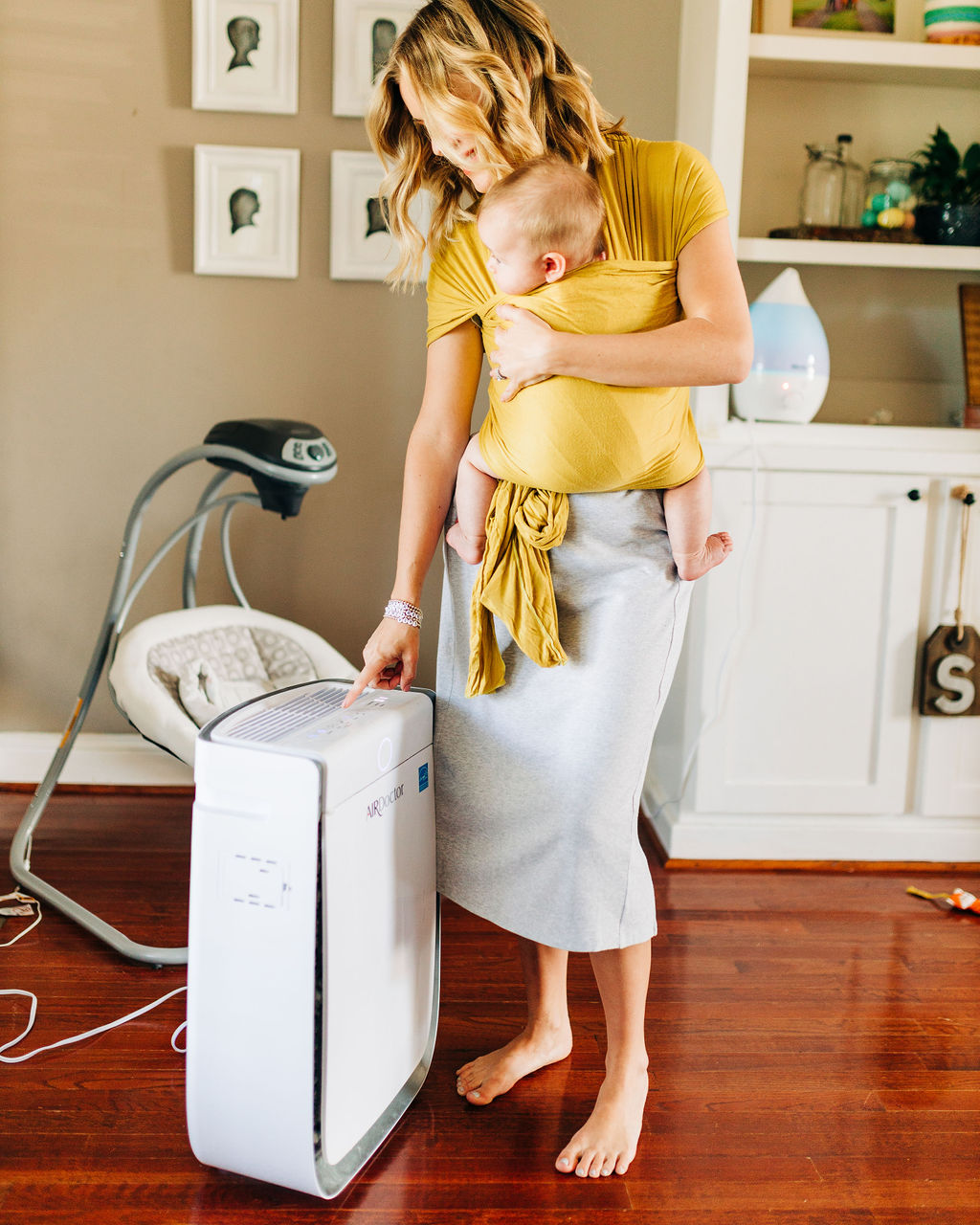
THE TRUTH ABOUT MICA










This post is one that I have been excited to talk about for a long time. You all know that one of the reasons I have chosen to pursue a career with Beautycounter is the mission that we are working towards. The laws regulating the personal care industry are severely outdated meaning that there are very few products on the market that are actually “safe.” It makes it very hard to find products that meet the standards I have set for my family. I have 4 daughters and it’s crazy to me that their choices for products (makeup in particular) are going to be so limited.
While I am grateful for the products Beautycounter has to offer my daughters and I, I feel like awareness should be raised about the cultivation of some of the ingredients we use. Beautycounter has done it’s due diligence to expose where Mica comes from and we are excited to be a part of a movement for transparency. Please take a minute to watch our documentary and see for yourself.
BEAUTY COMES CLEAN: MICA
Mica is an ingredient that’s widely used in cosmetics to create the shimmery glow we all know and love. But the mica industry can come with some serious transparency issues. So we decided to do something about it. Follow our journey—and get involved.
COME CLEAN WITH US
We all have the power to help shift the mica industry towards responsible sourcing.
Here’s how everyone can get involved:

So, why mica?
First of all, what is it? Mica is a mineral name given to a group of silicate minerals—there are over 37 types of mica.
Where is it used?
Mica is used across many different industries, such as automotive, electronics and plastics. In the beauty industry, mica is used as a base for powder formulations and to help achieve that shimmery look.

WHERE DOES MICA COME FROM?
Mica can be found all over the world. It is mined through various extraction methods and both informal and formal mining operations. Informal mines are often illegal mines, and formal mines frequently use forced labor in their production. Not all mining is created fairly, which is why our team has been traveling the world all year conducting on-the-ground audits of our supply chain.

What are the challenges?
If you want high-performing color cosmetics, you need mica. But the mica industry can come with some alarming and unethical practices. For decades there has been public outcry around corruption in mica mining, including child labor, forced labor, and wage theft. We’ve witness continued reporting on these serious human rights abuses—and sadly, there hasn’t been substantial progress on the ground. So, we took a deep dive into our supply chain to confirm that, together with our suppliers, we are upholding the “responsible” part of our sourcing.
TOP-TO-BOTTOM TRANSPARENCY
We can’t do this alone (after all, supply chains are all about connections). So, we sought out three key partnerships to validate our global mica supply chain.
Right now, all mica mining is considered illegal in India. However, more mica than ever is being exported. Many suppliers and producers are claiming that the mica they are selling was stockpiled (and saved) before the rule went into effect. We think something isn’t adding up here.
Sourcemap
This technology platform was founded at MIT and is helping us map our entire supply chain. This gives us visibility to exactly where our mica is sourced—mine by mine, day by day. In a super-secretive industry, this information isn’t easy to come by. We’re looking forward to being able to share information about which mines were used to create your favorite highlighter and eye shadow. Stay tuned for a fully traceable supply chain.
Kailash Satyarthi Children’s Foundation
We’re working with Kailash Satyarthi Children’s Foundation to better understand the local politics of India and support solutions to roll out a comprehensive plan for the legalization of mica mining. With the formalization of mining comes greater transparency and opportunities for traceability within the industry. We are also proud to support children in the region with their Child-Friendly Villages model, focusing on the importance of education, rather than working in mines. As our work on the ground continues, our partnership will evolve—2020 will be a big year.

Domestic Suppliers
While mica is a globally sourced material, we strongly prefer to source domestically. We work closely with our supplier in Hartwell, Georgia to ensure that they’re using industry-leading practices for sustainable mining and processing. For our additional suppliers, we’re working to further secure and trace their mica through our partnership with Sourcemap and on-the-ground audits.

WHAT’S NEXT?
As a company dedicated to safety, we believe that we have to go beyond the formulations we create and also ensure the safety of the many people and communities that bring our products to life. This mica journey is complicated, messy and we don’t always have all the answers. But what we know to be true is that: we’re all interconnected, the communities most impacted by this work should be at the center of the solutions, and change is possible. To get this right will take time, but we’re here for the long haul. Follow our journey and support and shop brands committed to being a part of the solution.
All I can think about is how my little girls (pictured here on this blog) are the same ages as some of the children working to cultivate mica. It’s simply not fair to those children and makes me even more grateful for our company’s involvement in eradicating child labor. If there was ever a reason to get involved with our mission by using our products or becoming a consultant, this would be it. I would love to talk to you more about what you can do to help support us!




